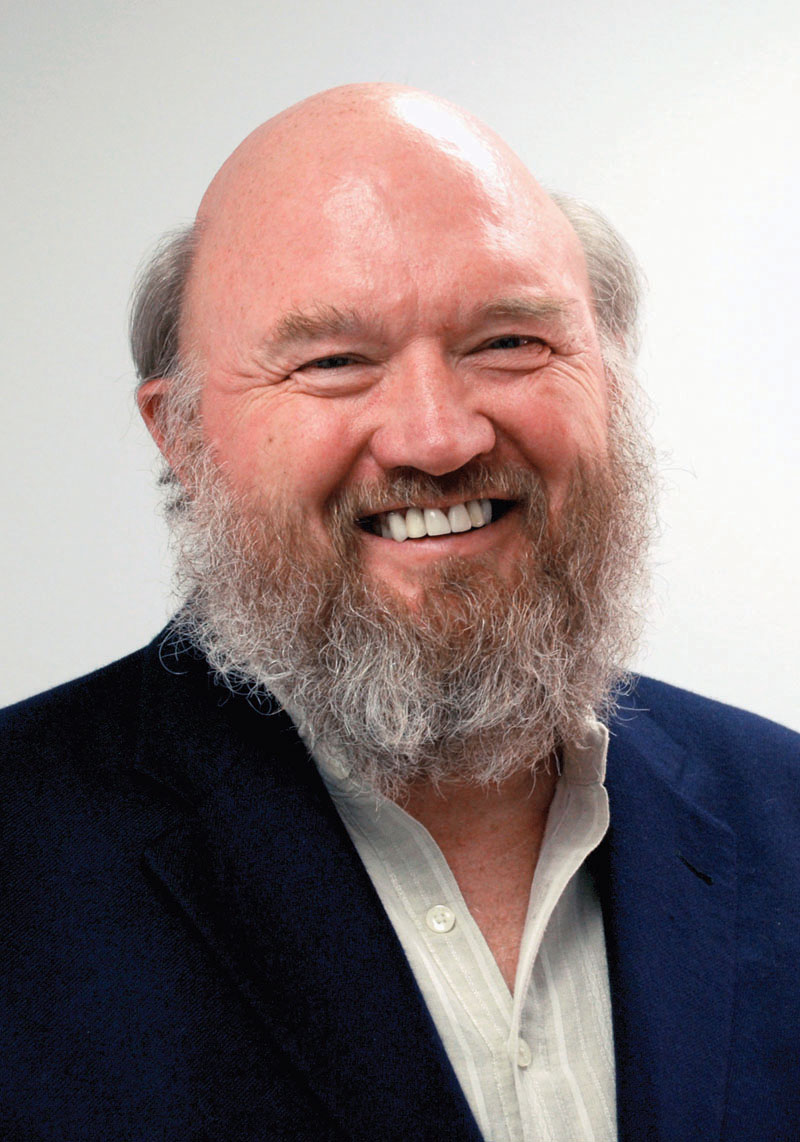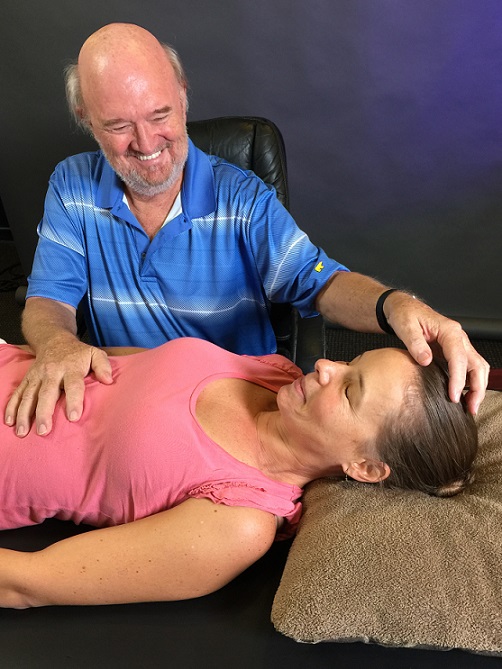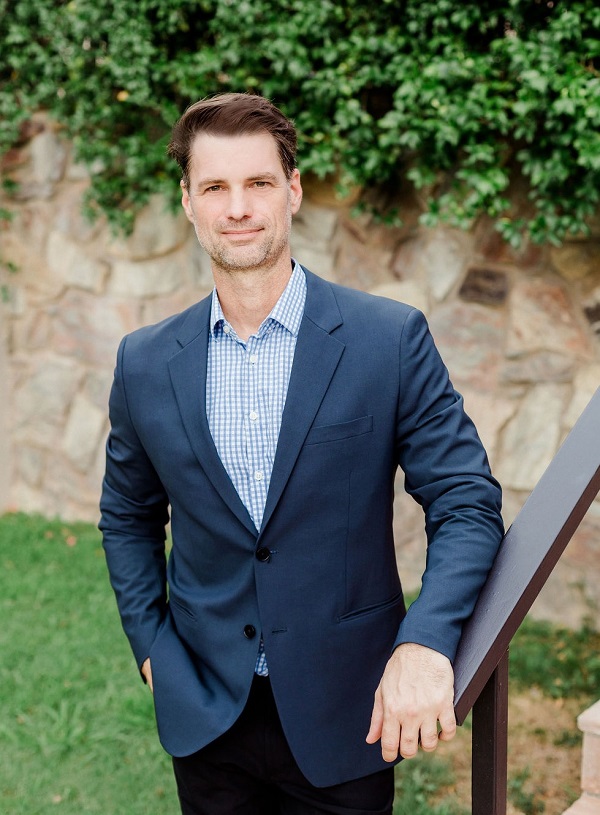Once you learn BodyTalk, it is a toolset and a mindset that is always with you. The principle of relying on the body’s innate wisdom rather than superimposing your ideas about how it should heal is so sensible when you hear it that you can’t believe you ever thought you could force the body into compliance through personal agenda. The fundamental principle of letting the body choose its own “priorities” and “sequence” for self-repair makes a lasting impression on how we look at health forever after having learned BodyTalk.
All students start in BodyTalk learning how to utilize intuition in a linear and structured way to support the body in healing itself. When students are ready, the advanced PaRama BodyTalk course re-wires the practitioner’s three brain centers so they can apply BodyTalk principles and techniques in a far more flexible and expansive fashion. PaRama BodyTalk is a course that strengthens every student’s trust in their intuition. It supports their innate wisdom in having more freedom as it navigates an endless array of possibilities for healing. The course not only deepens the understandings and implications of Dynamic Systems Theory (the idea that everything affects everything); it teaches methods and tools to create highly sophisticated BodyTalk formulas that are more far-reaching in their effects. The more “active” components of a health issue that can be “caught” all at once, the more profound and lasting the results.
In April of 1991, BodyTalk founder John Veltheim awoke from a meditation knowing he would call his advanced work “PaRama.” At the time, he did not know what the word meant. The word comes from Sanskrit and means “highest” or “beyond.” The PaRama course takes what you learned in the core BodyTalk modules and goes far beyond them in terms of concepts and techniques.
The PaRama work has proven to have a profound impact on countless practitioners, clients, and students who have experienced a shift in their consciousness and their lives. PaRama BodyTalk sessions work strongly in such a way that long-hidden, internal obscurities and imbalances find their way to the surface to be healed. While such powerful shifts sometimes cause temporary, superficial conflict, the sense all along the way is that it is well worth it.
This course was developed by BodyTalk Founder Dr. John Veltheim and the PaRama Campus team, a group of open-minded individuals collaborating to develop the online content, structure, design, and technology. In the development and research of the course, Dr. Veltheim also collaborated with longtime PaRama BodyTalk Practitioner, Tim Hall, who contributed greatly to the written course content and is also a co-lecturer in the video presentations.
 | John Veltheim is the founder of The BodyTalk System. He is cofounder of both the International BodyTalk Association and the International BodyTalk Foundation, which helps fund research and offers BodyTalk Access to people in places where healthcare is not readily available. |
Dr. Veltheim has written numerous magazine and journal articles on BodyTalk and his other fields of knowledge. Dr. Veltheim’s work has also been published in the Journal of Alternative Medicine Research. The journal’s publishers were so impressed with his development of The BodyTalk System, they dedicated an entire volume solely to articles about BodyTalk. |  |
 | Tim has been highly involved with BodyTalk for over 15 years, and he regularly supports BodyTalk founder John Veltheim with course development and research. Tim was one of the most passionate proponents of the PaRama course when it first came out many years ago. |
Every part of the brain has some connection to at least one of the four primary ventricles in the head. This relationship is critical in terms of allowing the heart’s harmonizing and neutralizing energy to reach all parts of the brain. Without this connection there can be a “shutting down of the emotional heart” and the subsequent lack of peace and quietness.
The PaRama BodyTalk course content covers an extremely wide array of concepts and techniques and students cannot expect to grasp or absorb it all in a few months’ time. It will take even the most adept and dedicated student a minimum of a year to fully absorb.
The course includes video lectures, online written lessons, PDF notes to follow along with the lecture presentations, the most up-to-date version of the PaRama Exploring Procedures Chart, a list of important Key Terms, as well as inspiring quotations and visuals to keep you engaged along the way.
The PaRama course in its entirety is divided into eight (8) segments. Some segments must be done in sequence, while others can be done out of order. Each segment covers a different unique area of study.
Segment 2 presented here will address the following topics:
- Understanding Repair Systems
- Options for working with Genetics
- Brain Repair
- Brain Circulation
- Working with the Ventricles
- AUM in the Ventricles
- Ventricle Ion Discharge
- Ventricle Links
- Brain Development during Life Periods (Fetal Life to Age 23)
- Stress and Adharmic Living affecting Brain Development
- Neural Plasticity
- Repair of Brain Communication Pathways
- Common Brain Communication Links
- Overview of Three Brain Protocol
- BodyGenics, Performance, Rehabilitation and MuSk as Repair Systems
- Setting a Category in Sessions
- Category Options
- Context as a Category
- Setting a Context of House, Lifestyle, Life Period or Culture
The focus of each of the eight segments is summarized as follows:
- Segment 1 – PaRama introduction; how to study; the PaRama Exploring Procedures chart; the "Item" box including new concepts like Mind Crystals and Membrane Networks; the concept of "Strategies"; the concept of "Networks."
- Segment 2 – The concept of "Repair Systems" including Epigenetics, Brain Circulation and the Brain Ventricles; Brain development during Life Periods; the concept of "Category."
- Segment 3 – The basic CDRRRII; the concept of "Variables" including working with Time, Scope and Parameters, working in Three Dimensions, Time Expansion and Contraction, Dynamic Interactive Formulas (DIF), Search/Retrieval (SR) formulas; the concept of Alternative and Resource Satellites; Interactive Correction technique.
- Segment 4 – Brain parts and their functions; introduction to the PaRama Brain Psychology and Physiology Chart; introduction to the Thalamus Chart; exploration of Vedic and planetary
brain associations. - Segment 5 – Further exploration of brain parts and functions; the "Ganesh Complex" in the brain; the Amygdala Complex and the BAS and BIS circuits (stress pathways).
- Segment 6 – The concept of "Gunas" including Guna Life Processes and Physiology; methods for applying Gunas in sessions; Gunas and Consciousness (individual consciousness, human ignorance, higher consciousness).
- Segment 7 – The advanced PaRama CDRRRII; all circulation types addressed from the three Guna levels; other advanced PaRama pre-built formulas such as Immune System Optimization.
- Segment 8 – In-depth concepts for the Quadrune Brain including masculine/feminine dynamics; Reptilian Brain functions and behaviors; Triune Brain Pathways; Limbic Brain energies and connections; Neocortex; Prefrontal Cortex associations and Executive Function; interactions of Heart and Enteric Brains, Levels of Mind (Conscious, Subconscious, Sub-Subconscious, Sub-Superconscious and Superconscious).
Course Sequence: You do not have to do all of the PaRama Segments quickly one after the other or in sequence, however, there are some that must be taken before others. Segments 1 through 3 must be done in sequence and must be done prior to taking any other Segments. After that, the Segment prerequisites are as follows:
To take Segment 4: you must have taken the first three Segments
To take Segment 5: you must have taken Segment 4
To take Segment 6: you must have taken the first three Segments
To take Segment 7: you must have taken Segment 6
To take Segment 8: you must have taken the first three Segments
PaRama Practical Course: In order to attend a PaRama Practical Course, you must have completed all eight PaRama Segments.
Certification: CBPs who complete all segments of the course and also complete the in-person PaRama BodyTalk Practical with an IBA Instructor will receive the PaRama practitioner designation.


 Online anytime at your own pace
Online anytime at your own pace
